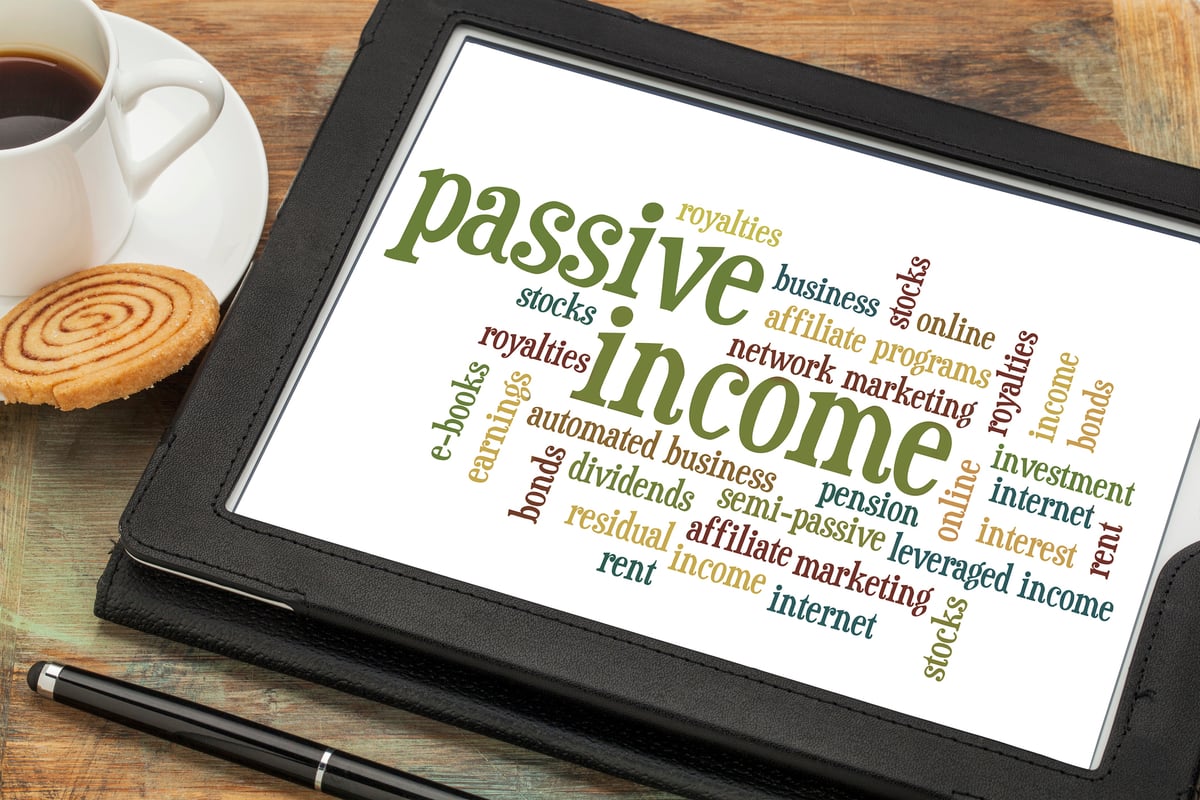The value of Enterprise Products Partners' (EPD +0.86%) units have surprisingly slid 8% over the past year even though its financial results have improved and the broader market has reached new highs. The sell-off suggests that the market has some underlying concern with the midstream giant. However, upon closer inspection of the company's financial strength and the visible growth it has coming down the pipeline, I fail to see any reason for investors to worry.
A pillar of strength
Enterprise Products Partners is one of the most financially conservative master limited partnerships (MLP) around these days. It has one of the highest credit ratings among MLPs at Baa1/BBB+, which is right up there with fellow financial stalwart Magellan Midstream Partners (MMP +0.00%).

Image source: Getty Images.
Three factors back up that rating. First, it has a conservative leverage ratio that has averaged 4.3 times debt-to-EBITDA this year, though after some adjustments it was down to 3.9 times. While that's higher than the mid-three ratio it had from 2011 through 2014, which is where Magellan's is at the moment, that's due in part to the fact that Enterprise is in the midst of a major expansion phase. The second factor backing its strong credit is that only about 8% of its total gross margin has any direct exposure to commodity price volatility. That's an improvement from 17% in 2013 and better than the 12% direct exposure of Magellan Midstream Partners. Finally, Enterprise Products Partners maintains a healthy margin of safety on its distribution since its coverage ratio has averaged 1.2 times over the past year. That not only matches Magellan's coverage but is light years ahead of rival Plains All American Pipelines (PAA +1.84%), which is currently paying out more cash to investors than it produces.
Because of Enterprise Products Partners financial strength, investors don't need to worry about a distribution cut. Unfortunately, investors at Plains All American Pipeline can't say the same thing since the pipeline company warned that it might need to cut its payout again to ensure its long-term financial stability.

Image source: Getty Images.
Visible growth with more to come
Not only is the current distribution on rock-solid ground, but it's increasingly likely that the company will have no problem growing the payout in the future. That's because Enterprise Products Partners currently has $9 billion of fee-based expansion projects underway that should steadily increase its cash flow as they enter service through 2019. That backlog is up from the $5.3 billion in projects it had underway at the start of this year due to the success of the company's business development efforts.
Meanwhile, it has several additional projects under development. For example, last month the company signed an agreement with Navigator Holdings (NVGS 1.42%) to jointly develop an ethylene marine export terminal on the Houston Ship Channel. The facility would connect to Enterprise's ethylene storage and pipeline system that's already under construction while Navigator Holdings would provide a virtual pipeline to the world via its 14 ethylene-capable vessels. In addition to that project, Enterprise is developing a pipeline that would potentially move natural gas from the Permian Basin to the Gulf Coast.
Enterprise should have no shortage of expansion opportunities in addition to those it has already identified. That's because the energy industry needs to invest a stunning $546 billion in building additional infrastructure over the next 20 years according to a report by the INGAA Foundation. Of that amount, as much as $55 billion will need to be spent on natural gas liquids-related infrastructure, which bodes well for Enterprise since it's the largest player in that niche where it makes most of its money.
Sleep soundly
While any investment involves risk, Enterprise Products Partners is at the lower end of the spectrum because of its sound financial profile. That suggests there's no reason to worry about the sustainability of the company's distribution, which currently yields a generous 6.5%. Further, given the increasing visibility of the company's growth prospects, that payout should continue its steady climb higher. Add it all together, and investors shouldn't lose sleep over the decline in Enterprise's unit price this year, which looks like a great buying opportunity to start or add to a position in this excellent company.








